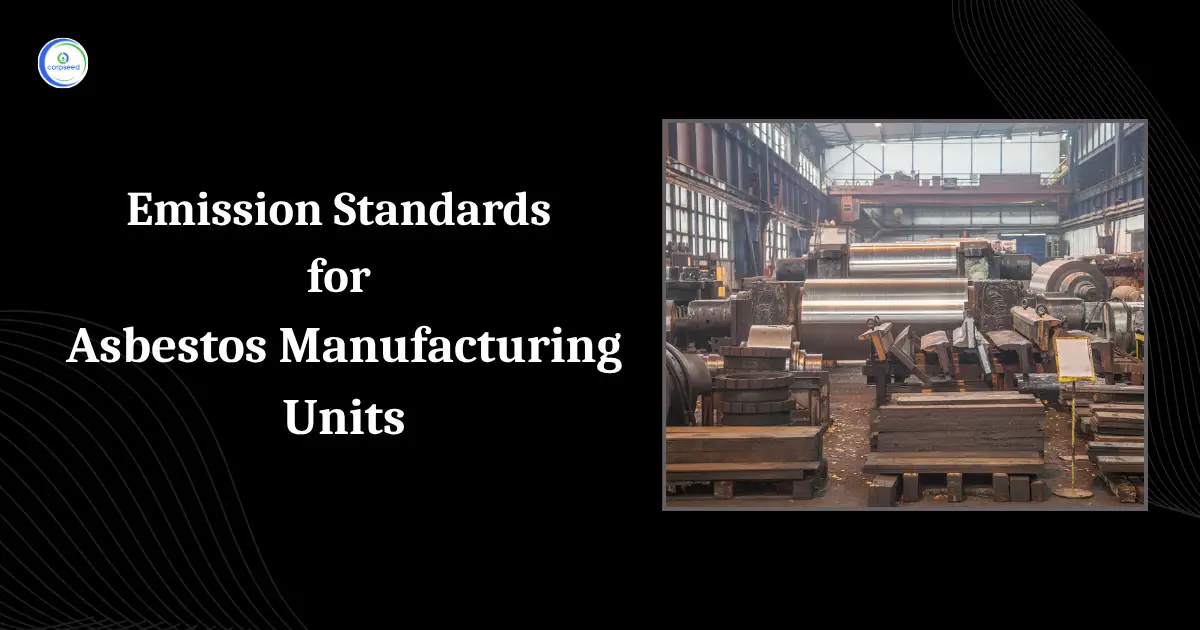The aluminium industry, a significant player in global industrial manufacturing, is also one of the leading contributors to environmental pollution. Aluminium plants, particularly alumina refineries and aluminium smelters, release considerable amounts of harmful emissions, such as particulate matter, fluoride, and sulphur dioxide. To mitigate these impacts, the Government of India introduced the Environment (Protection) Fifth Amendment Rules, 2025. These rules aim to set stringent emission standards for aluminium plants, improving environmental compliance and reducing the industry’s carbon footprint.
Table of Contents
--------------Blog Contact Form-------------
Understanding Environment (Protection) Fifth Amendment Rules, 2025
The Environment (Protection) Fifth Amendment Rules, 2025, issued by the Ministry of Environment, Forest and Climate Change, aim to reduce the environmental impact of aluminium plants. These rules amend the existing Environment (Protection) Rules, 1986, by introducing more stringent emission standards for aluminium smelting and alumina refining operations.
The primary goal of these amended rules is to control the air pollution caused by various processes in aluminium production. Emissions like particulate matter (PM), sulphur dioxide (SO2), and fluoride have been identified as key pollutants that need stringent regulation. The new standards focus on continuous emission monitoring systems (CEMS), ensuring that aluminium plants stay within the prescribed limits for pollutants. Additionally, the amendment introduces guidelines for forage fluoride monitoring and enhances pollution control technologies.
These amendments reflect India’s commitment to addressing climate change while maintaining a balance between industrial development and environmental protection.
What is an Aluminium Plant?
An aluminium plant is a specialized industrial facility dedicated to the production of aluminium metal and its alloys. These plants are designed to handle the extraction of aluminium from raw materials like bauxite and to refine it into usable forms, such as ingots, sheets, or billets. Aluminium plants typically consist of two main areas: the alumina refinery, where bauxite is converted into alumina, and the aluminium smelter, where alumina is transformed into pure aluminium through electrolysis. These plants are equipped with advanced machinery and technologies to handle high-energy processes and ensure the efficient conversion of raw materials. Aluminium plants play a vital role in global industries such as construction, automotive, aerospace, and packaging due to the versatility and light weight of aluminium. Their operations also require strict environmental controls due to the pollutants produced during the process.
Emission Standards for Aluminium Plants
The Environment (Protection) Fifth Amendment Rules, 2025 impose stricter emission standards on various processes in alumina refining and aluminium smelting. Below is a table that outlines the new emission standards for different processes within aluminium plants:
| S.No. | Industry | Parameter | Standards |
| 36 |
Aluminium Plants |
Emission | |
| (a) Alumina Refinary | |||
| Raw Material Handling |
Particulate Matter (mg/Nm3) |
150 | |
| Calcination Plant | Particulate Matter (mg/Nm3) | 100 | |
| Carbon Monoxide | 1% Max. | ||
| Stack Height | (as in Note 1) | ||
| SO2 | (as in Note 2) | ||
| (b) Aluminium Smelter | |||
| Green Anode Plant | Particulate Matter (mg/Nm3) | 100 | |
| Anode Baking Plant | Particulate Matter (mg/Nm3) | 50 | |
| Total Fluoride (F) | 0.3 kg/MT of Al (Max.) | ||
| SO2 | (as in Note 2) | ||
| Electrolytic Pot Room | Particulate Matter (mg/Nm3) | Old units - 50 (set up on or prior to 31.12.2010) | |
| New units - 30 (set up on and after 01.01.2011) | |||
| Total Fluoride (F) | 0.8 kg/ton of Al (Max.) 150 |
||
| Casting Furnace (oil furnace) | Particulate Matter (mg/Nm3) | (as in Note 2) | |
| SO2 | Fluoride (dry weight basis) | ||
| (c) Standards for Forage Fluoride (dry weight basis) | |||
| Twelve consecutive months average | 40 ppm | ||
| Two consecutive months average | 60 ppm | ||
| One month average (of two samples - 12 days apart) | 80 ppm | ||
Notes:
- Height of the stack for above processes shall be as considered in Environmental Clearance based on the Environmental Impact Assessment study or as prescribed in the consent issued by State Pollution Control Board/Pollution Control Committee, whichever is more.
- Fuels containing not more than 1% sulphur - such as Light Diesel Oil, Low Sulphur Heavy Stock etc., shall be utilized in the Calcination Plant, Anode Baking Plant and oil fired Casting Furnace.
- Continuous emission monitoring system shall be installed for monitoring of Particulate Matter and Sulphur dioxide along with flue gas flow measurement in concerned process stack, as applicable.
- The consumption of Aluminium Fluoride (as AlF3) in the electrolysis process shall not exceed 20 kilograms per ton of aluminium produced with effect from the date of notification.
- Forage fluoride monitoring as mentioned above shall be conducted at such locations where maximum fluoride concentration is expected outside the industry and the unwashed sample shall be dried at a temperature of 60 0C for 24 to 48 hr, depending on moisture content.
- Process effluent norms shall be applicable as per consent issued by State Pollution Control Board/Pollution Control Committee.
- The standards for industrial boilers notified under the Environment Protection Rules, 1986 and as amended from time to time shall be applicable for boilers of Aluminium Refinery and Aluminium Smelter”.
Environmental Compliance and the Role of State Pollution Control Boards
Environmental compliance is essential for aluminium plants to meet the standards outlined in the Environment (Protection) Fifth Amendment Rules, 2025. The State Pollution Control Boards (SPCBs)/Pollution Control Committees (PCCs) are responsible for ensuring that aluminium plants adhere to these regulations. Their role includes:
- Issuing Consents: The SPCBs/PCCs grant consent to establish and operate aluminium plants, ensuring that all environmental standards are met before the plants begin operation.
- Monitoring Emissions: Regular monitoring is conducted to check that emissions from the plant remain within the prescribed limits. Continuous emission monitoring systems (CEMS) are key to this process.
- Enforcing Compliance: If an aluminium plant fails to comply with the prescribed emission standards, the SPCBs/PCCs can take legal actions, including imposing fines or shutting down operations.
- Issuing Environmental Clearance: Aluminium plants must obtain an environmental clearance based on an Environmental Impact Assessment (EIA). This clearance assesses the potential environmental risks associated with the plant’s operations.
- Pollution Control Technologies: SPCBs/PCCs ensure that aluminium plants implement necessary pollution control technologies, such as scrubbers for removing sulphur dioxide and particulate matter from exhaust gases.
Importance of Emission Standards for Aluminium Plants
The new emission standards for aluminium plants under the Environment (Protection) Fifth Amendment Rules, 2025 are crucial for several reasons:
- Improving Air Quality: Stricter limits on particulate matter, fluoride, and sulphur dioxide emissions contribute to cleaner air, benefiting both human health and the environment.
- Health Benefits: Reducing the release of toxic pollutants such as sulphur dioxide and fluoride helps prevent respiratory diseases and other health issues caused by air pollution.
- Encouraging Sustainable Industry Practices: By adopting new technologies and processes to meet the updated emission standards, aluminium plants contribute to sustainable aluminium production and demonstrate a commitment to environmental stewardship.
- Enhancing Industrial Compliance: The new standards ensure that aluminium smelters and alumina refineries operate within environmental regulations, reducing the risk of penalties or shutdowns.
- Global Competitiveness: Meeting the updated environmental regulations helps aluminium plants stay competitive in the global market, where companies are increasingly judged based on their sustainability practices.
- Mitigating Climate Change: The reduction in industrial emissions, such as carbon dioxide and sulphur dioxide, helps mitigate the broader effects of climate change, contributing to India’s commitments under international climate agreements.
Conclusion
The Environment (Protection) Fifth Amendment Rules, 2025 set out to significantly reduce the environmental impact of aluminium production in India. By establishing stringent emission standards for processes like alumina refining and aluminium smelting, the government is addressing the major sources of air pollution and promoting sustainable aluminium production. Through enhanced environmental compliance, pollution control technologies, and the involvement of State Pollution Control Boards, these regulations aim to ensure a cleaner, healthier environment for present and future generations. For the aluminium industry, these updated standards not only represent a regulatory obligation but also an opportunity to embrace environmental stewardship and contribute to sustainable industry practices. With continuous monitoring and improvement, the industry can lead the way in balancing economic growth with environmental responsibility.
Our Blogs:
What are the Standards for Emission or Discharge of Environmental Pollutants for Common Hazardous Waste Incinerator?
What are the Standards for Emission or Discharge of Environmental Pollutants for Industrial Boiler?
What are the SO2 and NOx Standards for Ceramic Industry?
What are the Standards for Emission or Discharge of Environmental Pollutants for Battery Manufacturing Industry?
What are the Standards for Effluent Discharge of Environmental Pollutants for Sewage treatment Plant?
What are the Standards for Emission or Discharge of Environmental Pollutants for Automobile Service Station, Bus Depot or Workshop
What are the Standards for Emission or Discharge of Environmental Pollutants for Calcined Petroleum Coke (CPC) units
This portion of the site is for informational purposes only. The content is not legal advice. The statements and opinions are the expression of author, not corpseed, and have not been evaluated by corpseed for accuracy, completeness, or changes in the law.
BOOK A FREE CONSULTATION
Get help from an experienced legal adviser. Schedule your consultation at a time that works for you and it's absolutely FREE.
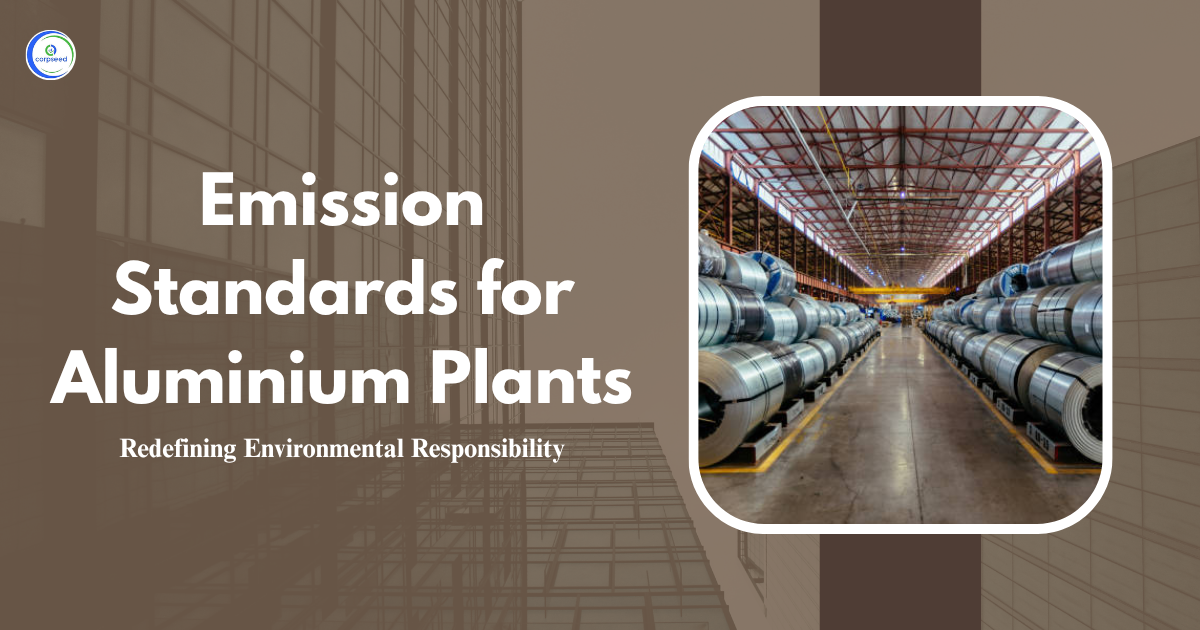

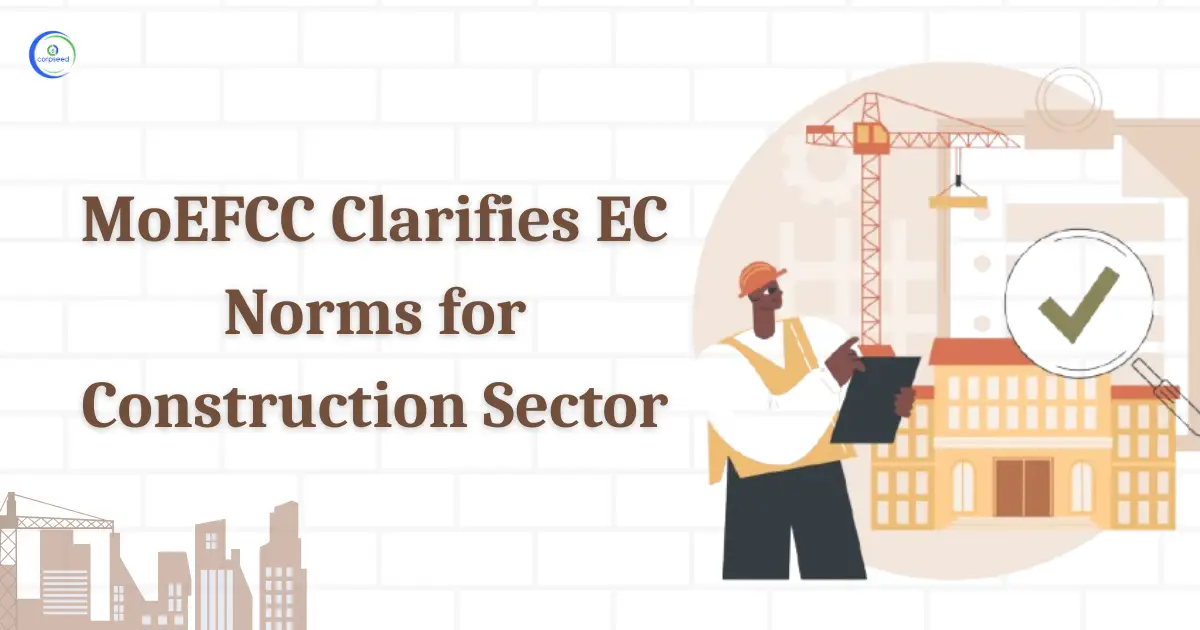
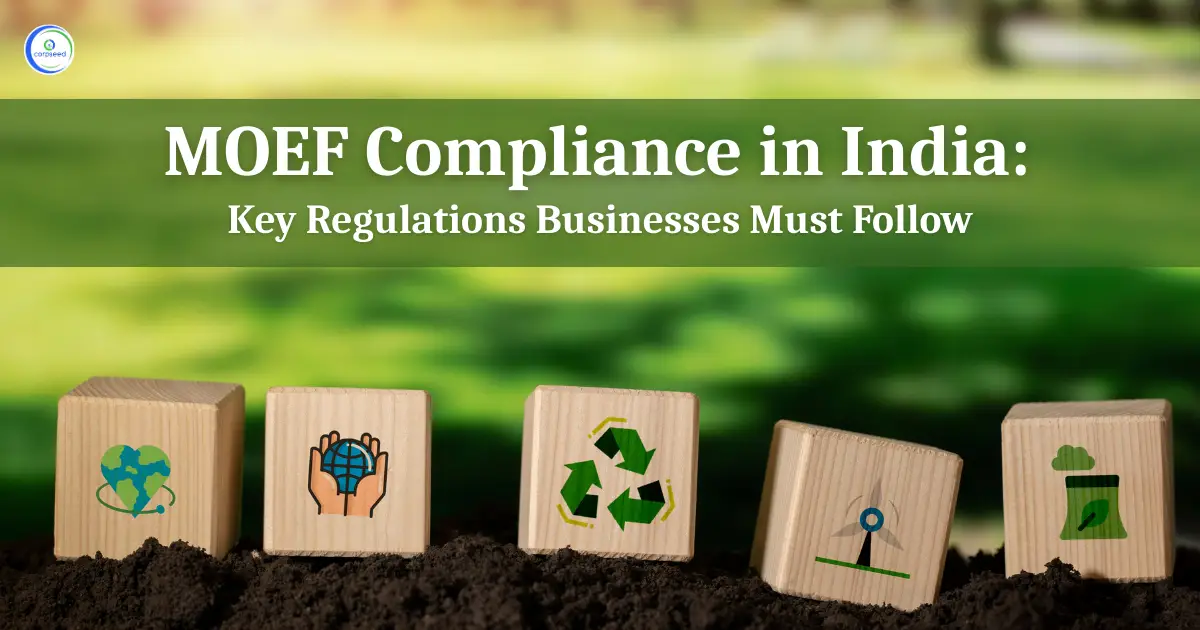
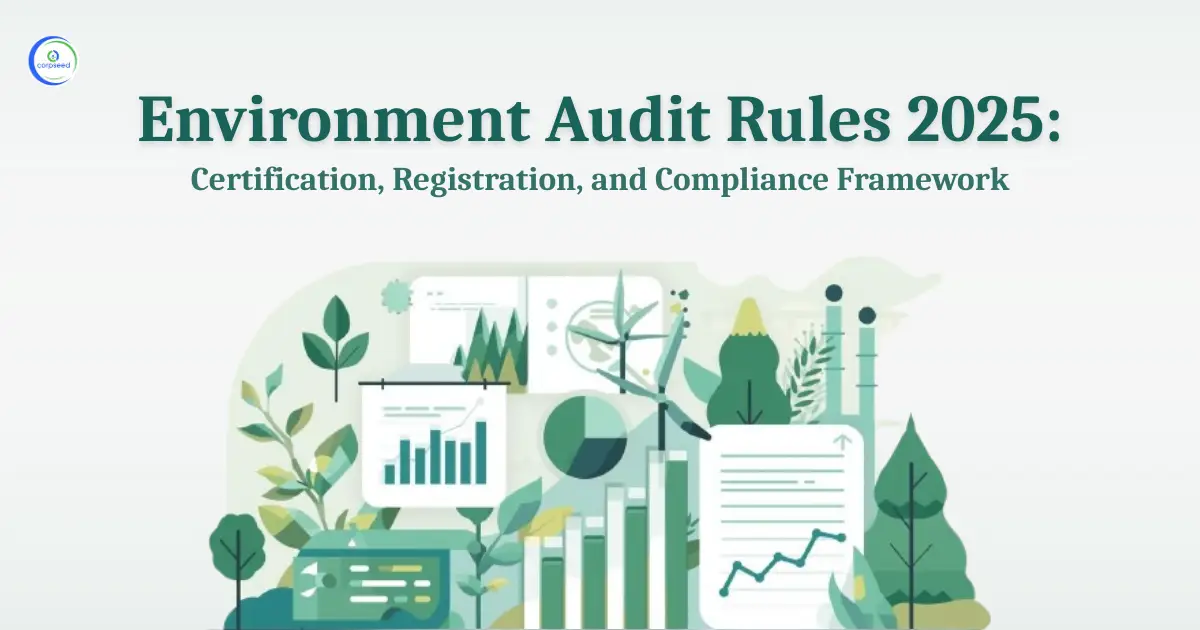
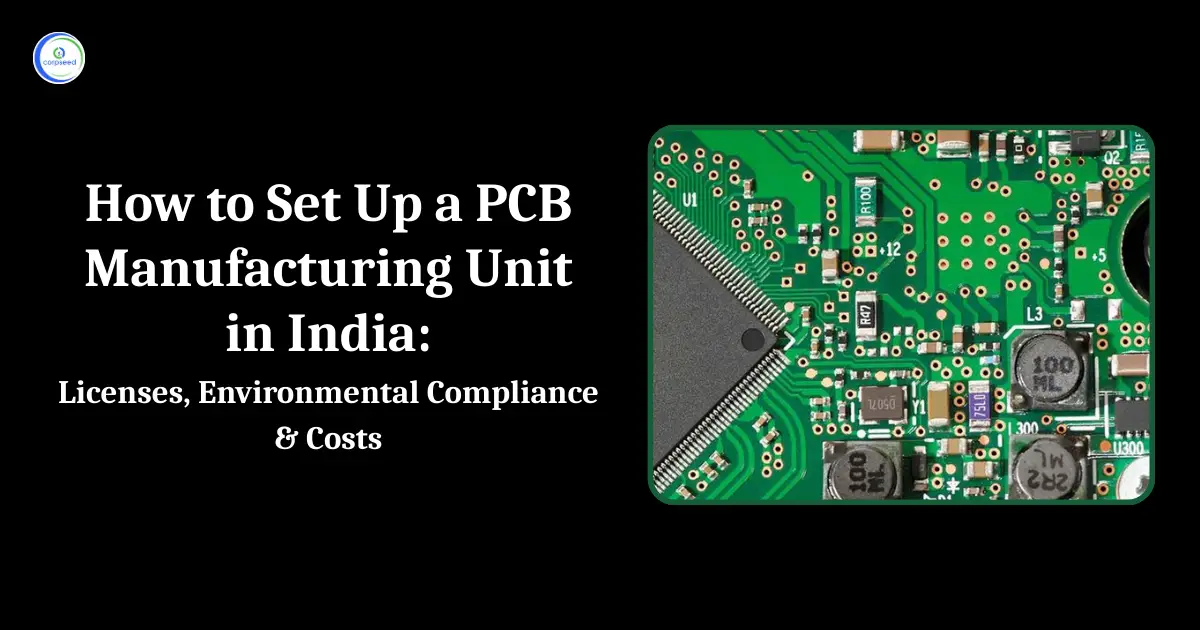
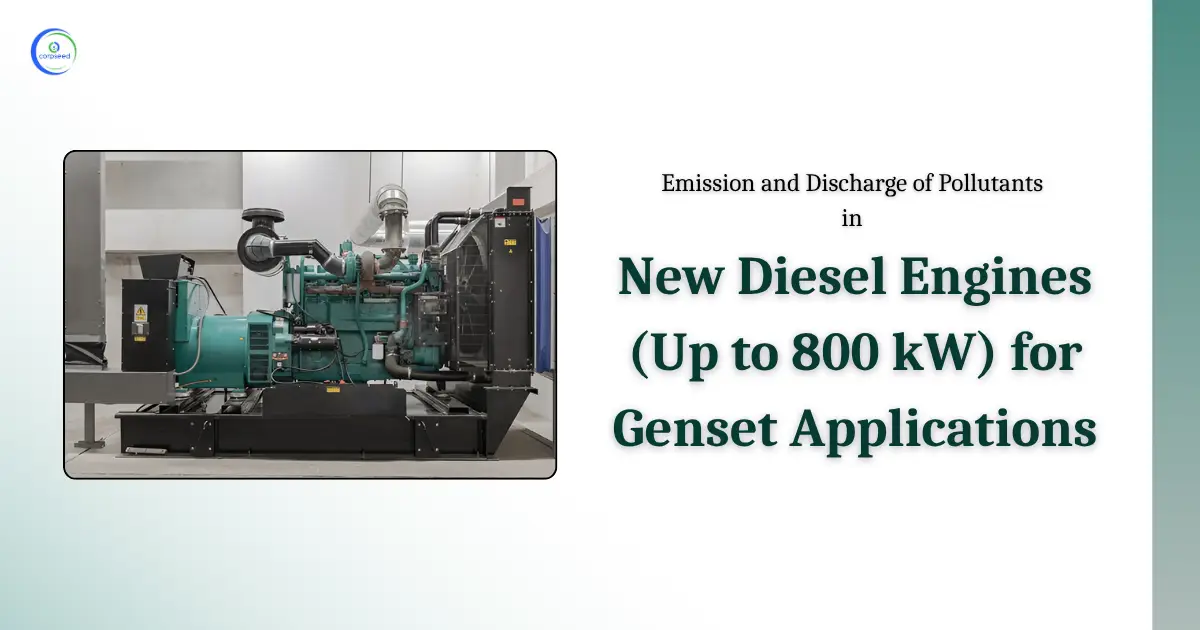
_Corpseed.webp)
.webp)
